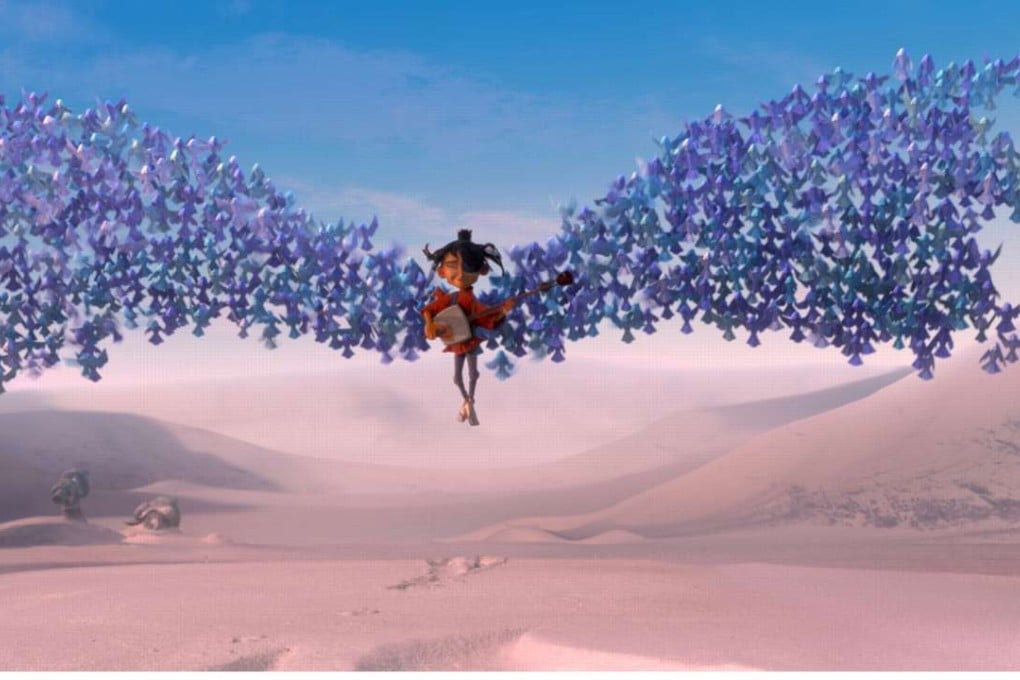Kubo studio strives to change animation space with originality
Stop-motion studio Laika has built up a reputation for quality to rival Pixar and Disney. Now it just needs to bring in the box-office takings to match

Before Travis Knight dies, he wants his stop-motion animation studio Laika to produce a film in every single genre. Now with Kubo and the Two Strings, out this week, he can tick off the box for “ancient Japanese fantasy buddy epic.”
In just 11 years, the independent company has crafted an Oscar-nominated reputation for cinematic excellence on par with the Disneys and Pixars of the cartoon community. But when it comes to box-office success, they’re still playing catch-up.
“There is an inherent creative restlessness at Laika where we always want to challenge ourselves,” says Knight, the studio’s 42-year-old president and CEO who directed Kubo and was the lead animator on the studio’s previous three films: the Neil Gaiman adaptation Coraline (2009), horror comedy ParaNorman (2012) and quirky fantasy comedy The Boxtrolls (2014).
That goes for challenging their characters, too. Kubo follows the emotional quest of its title hero (voiced by Art Parkinson), a young boy with a guitar tasked with taking care of his ailing mother. When an old threat arises, and along with it a bunch of creatures and monsters, Kubo goes on a grand adventure to find his father’s legendary suit of armour, accompanied by the wise Monkey (Charlize Theron) and warrior Beetle (Matthew McConaughey).
